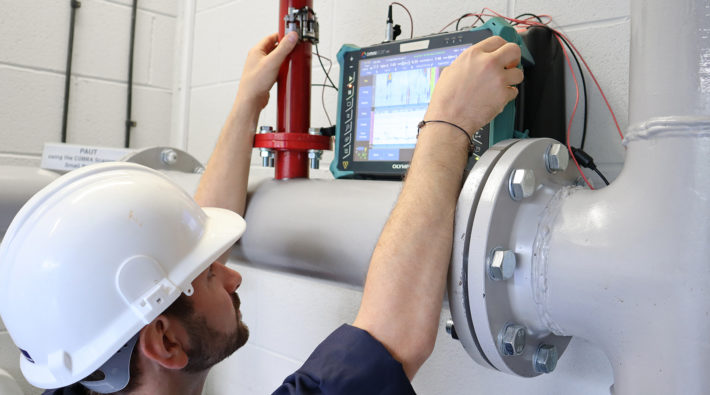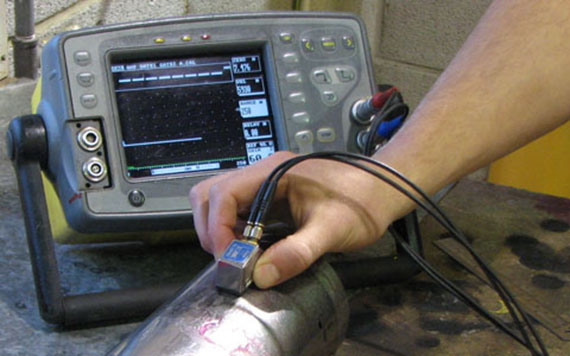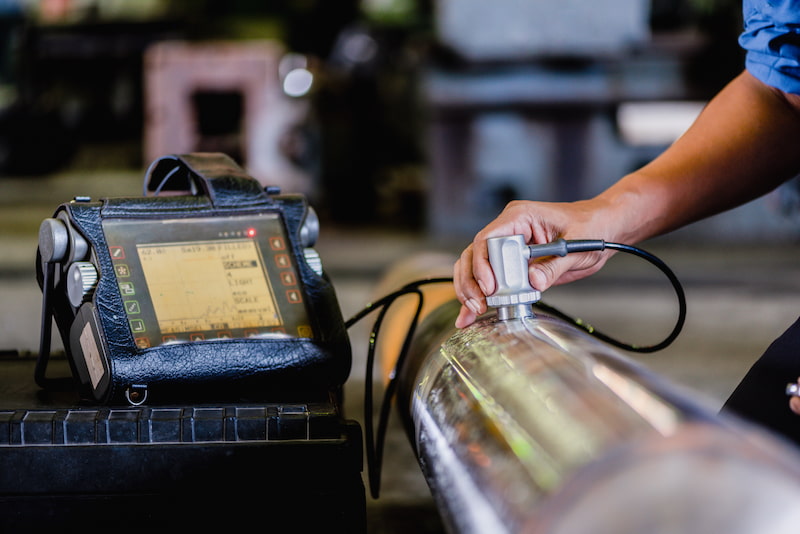In the dynamic world of quality assurance, understanding how synchronization affects inspection cost is crucial for industry professionals. Synchronization plays a pivotal role in determining the efficiency and effectiveness of inspection processes, ultimately impacting the overall cost.

The Importance of Synchronization in Inspections
Synchronization in inspections ensures that all components of a system or process are aligned and working in harmony. This alignment reduces redundancies and optimizes resource allocation, leading to significant cost savings. By minimizing the time and resources required for inspections, synchronization directly affects inspection costs.
Reducing Redundancies and Optimizing Resources
When inspections are synchronized, redundancies are minimized. This means that inspections are conducted in a streamlined manner, reducing the need for repeated checks and unnecessary resource allocation. By optimizing resources, companies can allocate their inspection budgets more efficiently, leading to lower costs.
Enhancing Efficiency in Inspection Processes
Synchronization enhances the efficiency of inspection processes by ensuring that all components are inspected simultaneously. This reduces the time required for inspections and minimizes disruptions to operations. As a result, companies can achieve faster turnaround times and reduce costs associated with prolonged inspections.
Impact on Quality Assurance
Quality assurance is a critical aspect of any inspection process. Synchronization plays a vital role in maintaining high-quality standards by ensuring that inspections are conducted accurately and consistently. By eliminating inconsistencies and errors, synchronization helps companies maintain their reputation for quality, which can positively impact their bottom line.
Maintaining High-Quality Standards
Synchronization ensures that inspections are conducted according to standardized procedures, reducing the risk of errors and inconsistencies. This consistency is essential for maintaining high-quality standards and avoiding costly rework or product recalls.
Improving Accuracy and Consistency
With synchronized inspections, companies can achieve higher levels of accuracy and consistency. This is because synchronization ensures that all components are inspected at the same time, reducing the likelihood of discrepancies or variations in inspection results.
Technological Advancements in Synchronization
Recent technological advancements have revolutionized the way synchronization is implemented in inspection processes. Innovations in synchronization technologies have enabled companies to achieve greater efficiency and cost savings.
Innovations in Synchronization Technologies
Cutting-edge technologies have introduced new methods of synchronization that enhance the efficiency of inspections. For example, advancements in synchronization technologies have allowed companies to conduct inspections with greater precision and accuracy, leading to cost savings.
The Role of Automation in Synchronization
Automation plays a significant role in synchronization by streamlining inspection processes and reducing the need for manual intervention. Automated synchronization systems can perform inspections with minimal human oversight, resulting in faster and more cost-effective inspections.
Challenges and Considerations
While synchronization offers numerous benefits, there are also challenges and considerations that companies must address to fully leverage its potential. Understanding these challenges is essential for implementing effective synchronization strategies.
Overcoming Implementation Challenges
Implementing synchronization in inspection processes can be challenging due to the complexity of systems and the need for seamless integration. Companies must carefully plan and execute synchronization strategies to overcome these challenges and maximize cost savings.
Balancing Cost and Quality
One of the key considerations in synchronization is balancing cost and quality. While synchronization can reduce costs, companies must ensure that it does not compromise the quality of inspections. Achieving this balance requires careful planning and monitoring.
Ensuring Compliance with Standards
Compliance with industry standards and regulations is crucial for successful synchronization. Companies must ensure that their synchronization strategies align with relevant standards to avoid legal and financial repercussions.
Case Studies: Successful Synchronization in Inspections
Several companies have successfully implemented synchronization in their inspection processes, resulting in significant cost savings and improved efficiency. These case studies provide valuable insights into the benefits of synchronization.
Case Study 1: Automotive Industry
In the automotive industry, synchronization has been used to streamline inspection processes and reduce costs. By synchronizing inspections across different stages of production, automotive companies have achieved faster turnaround times and improved quality control.
Case Study 2: Aerospace Industry
The aerospace industry has also benefited from synchronization in inspections. By implementing synchronized inspections, aerospace companies have reduced the time and resources required for inspections, leading to cost savings and enhanced safety.
Future Trends in Synchronization
As technology continues to evolve, new trends in synchronization are emerging. These trends are expected to further enhance the efficiency and cost-effectiveness of inspections in the future.
Emerging Technologies in Synchronization
Emerging technologies such as artificial intelligence and machine learning are expected to play a significant role in the future of synchronization. These technologies have the potential to revolutionize inspection processes by enabling real-time synchronization and predictive analytics.
The Future of Inspection Automation
Automation is expected to continue advancing, with more companies adopting automated synchronization systems. These systems will further streamline inspection processes and reduce costs, making them an essential component of future inspection strategies.
Conclusion
Understanding how synchronization affects inspection cost is essential for industry professionals seeking to optimize their inspection processes. By implementing effective synchronization strategies, companies can achieve significant cost savings and enhance the efficiency of their inspections.

FAQs
What is synchronization in inspections?
Synchronization in inspections refers to the alignment and coordination of inspection processes to ensure that all components are inspected simultaneously, reducing redundancies and optimizing resources.
How does synchronization reduce inspection costs?
Synchronization reduces inspection costs by minimizing redundancies, optimizing resource allocation, and enhancing the efficiency of inspection processes. This leads to faster turnaround times and reduced costs associated with prolonged inspections.
What are the challenges of implementing synchronization?
Challenges of implementing synchronization include overcoming the complexity of systems, balancing cost and quality, and ensuring compliance with industry standards and regulations.
This article contains affiliate links. We may earn a commission at no extra cost to you.
